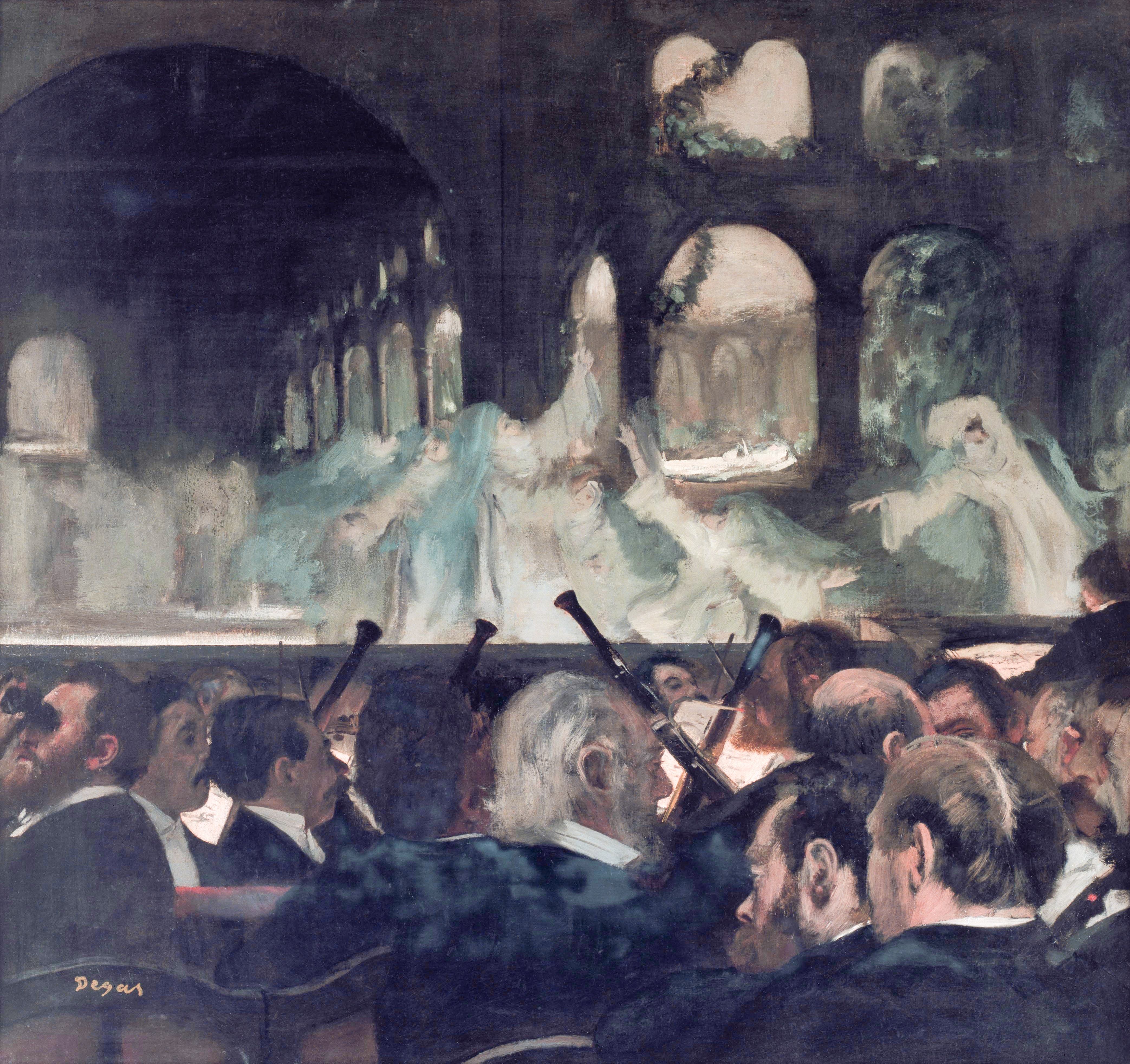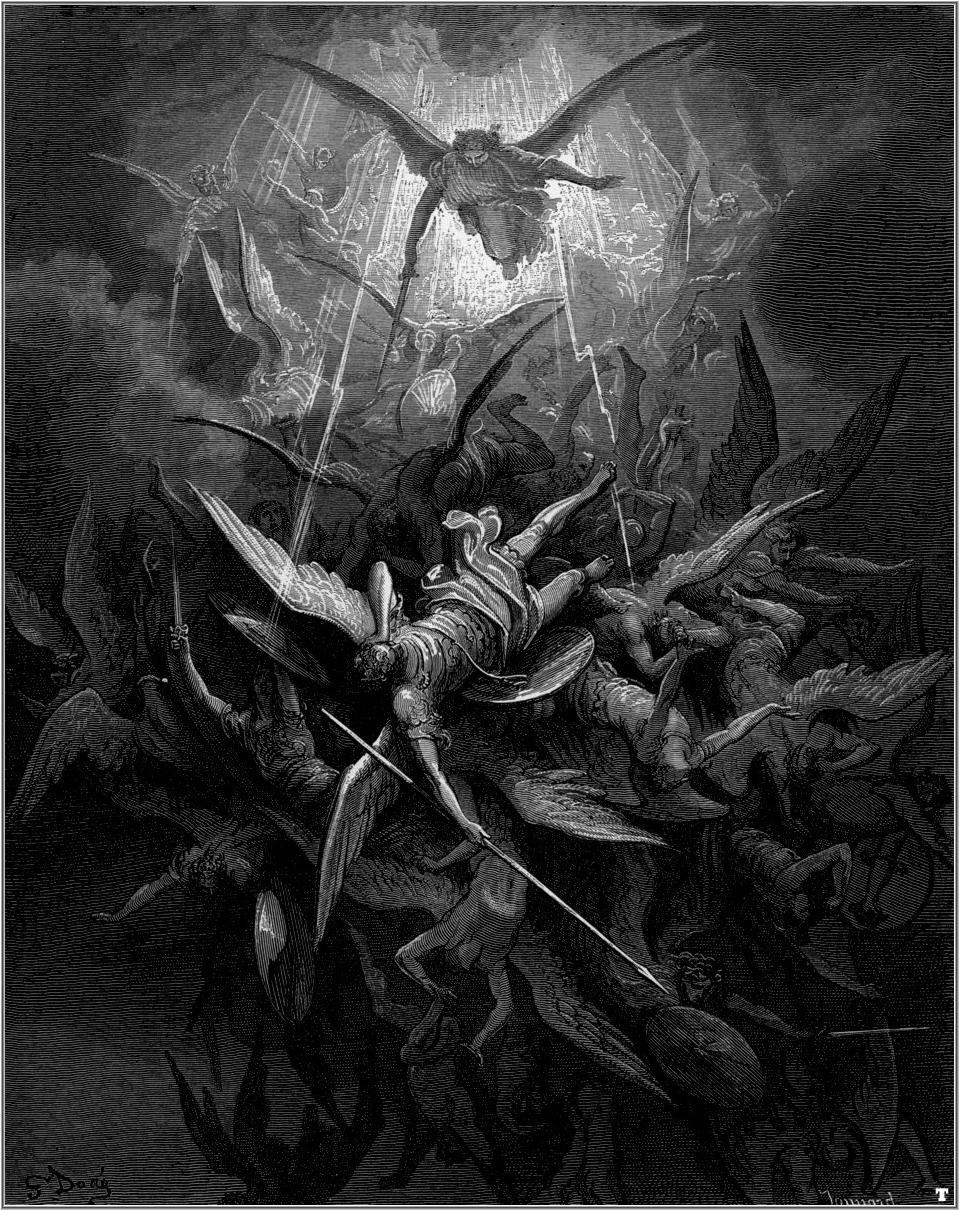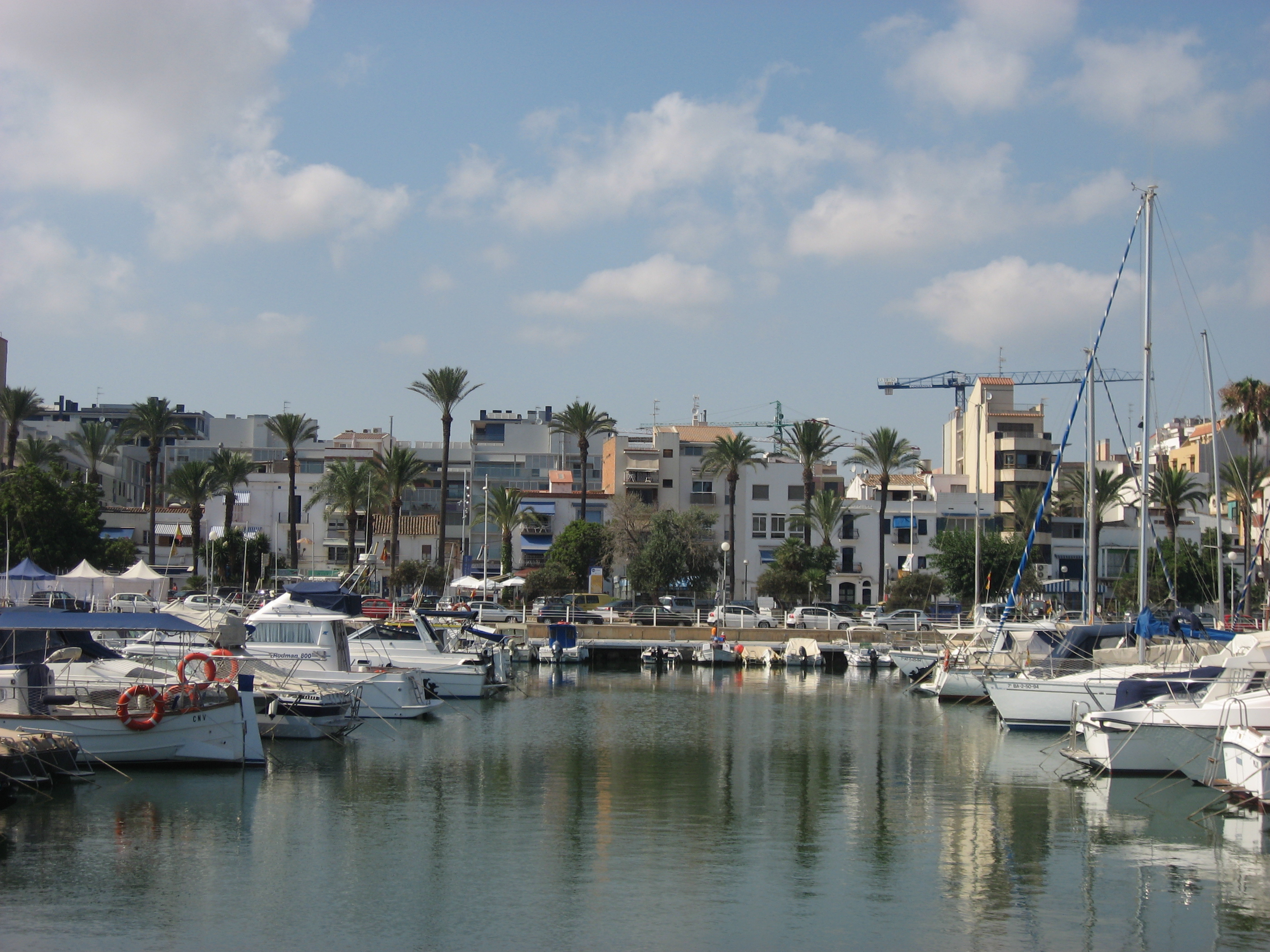|
Els Pirineus
''Els Pirineus'' (in Spanish: ''Los Pirineos''; in English: ''The Pyrenees'') is an opera in three acts and a prologue with music by Felipe Pedrell and libretto based on the trilogy ''Els Pirineus (The Pyrenees)'' by Víctor Balaguer (1892). It premiered, in Italian, on January 4, 1902, at the Gran Teatro del Liceo. In Spain, musical nationalism appeared during the 19th century as a reaction to German and Italian romanticism, which conditioned European opera. Felipe Pedrell led the efforts to achieve a Spanish opera, a task in which he was seconded by Ruperto Chapí and Tomás Bretón, among others. After the success of the revival of his Italian-language work ''L'ultimo abenzeraggio'' (in English: ''The Last Abencerrage'') in 1889, the composer from Tortosa received numerous incentives to return to composing operas. Pedrell intended to reply to Bretón's opera ''Lovers of Teruel''. The opera was conceived from the beginning as a tragedy that Balaguer wrote in the Casa de San ... [...More Info...] [...Related Items...] OR: [Wikipedia] [Google] [Baidu] |
Felipe Pedrell
Felip Pedrell Sabaté (Spanish: Felipe) (19 February 1841 – 19 August 1922) was a Catalan composer, guitarist and musicologist. Life Pedrell was born in Tortosa (Catalonia), and sang as a boy soprano at Tortosa Cathedral from age 9, where he also received most of his musical education from its chapel master Joan Nin i Serra (1804–1867). On 29 September 1867 he married Carmen Domingo, with whom he had one daughter, also named Carmen. In 1873 he went to Barcelona where he co-directed a zarzuela troupe and studied the guitar with José Brocá. As a guitarist, he became deeply influenced by Francisco Tárrega and dedicated several of his compositions to him (''Impromptu'', ''Floriada''). By this time he had already written over 100 compositions, most of which salon music for piano, some songs, and works for the stage such as the opera ''L'último Abenzeraggio'' (first version: 1868), which was performed at the Teatro del Liceo in 1874. Between 1876 and 1880, Pedrell lived ... [...More Info...] [...Related Items...] OR: [Wikipedia] [Google] [Baidu] |
Tomás Bretón
Tomás Bretón y Hernández (29 December 1850 – 2 December 1923) was a Spanish Conducting, conductor and composer. Biography Tomás Bretón was born in Salamanca. He completed his musical studies at the School of Fine Arts in his hometown, where he earned his living playing in small provincial orchestras, theaters and churches. At age 16, he moved to Madrid, where he played in orchestras in zarzuela theatres. He also began his studies at the Royal Conservatory under Emilio Arrieta. In 1872, Bretón received the first prize for composition at the Conservatory, together with Ruperto Chapi. After having worked in small theaters for several years, in 1882 he received a grant from the Academy of Fine Arts of San Fernando, Cádiz, San Fernando which enabled him to study in Rome, Milan, Vienna and Paris between 1881 and 1884. There, he found time to work on more ambitious works, such the oratorio ''El Apocalipsis'' and the opera ''Los amantes de Teruel''. The premiere of this last wo ... [...More Info...] [...Related Items...] OR: [Wikipedia] [Google] [Baidu] |
Operas
Opera is a form of Western theatre in which music is a fundamental component and dramatic roles are taken by singers. Such a "work" (the literal translation of the Italian word "opera") is typically a collaboration between a composer and a librettist and incorporates a number of the performing arts, such as acting, scenery, costume, and sometimes dance or ballet. The performance is typically given in an opera house, accompanied by an orchestra or smaller musical ensemble, which since the early 19th century has been led by a conductor. Although musical theatre is closely related to opera, the two are considered to be distinct from one another. Opera is a key part of Western classical music, and Italian tradition in particular. Originally understood as an entirely sung piece, in contrast to a play with songs, opera has come to include numerous genres, including some that include spoken dialogue such as ''Singspiel'' and ''Opéra comique''. In traditional number opera, si ... [...More Info...] [...Related Items...] OR: [Wikipedia] [Google] [Baidu] |
Apel·les Mestres
Apel·les Mestres i Oñós (28 October 1854, Barcelona – 19 July 1936, Barcelona) was a Catalan writer, graphic artist, and illustrator. Biography His father, , was an architect who participated in numerous major project, including the demolition of the city walls. He attended a French secondary school, and studied at the Escola de la Llotja, where he showed a talent for caricatures. His teachers included Antoni Caba, Lluís Rigalt, Claudi Lorenzale and Ramon Martí Alsina. He made several extended visits to Switzerland with his friend, the journalist and playwright, , where he was influenced by Swiss federalism, the poetry of Heinrich Heine, and the comic drawings of Rodolphe Töpffer. He would later work for some of the most important magazines of that time; contributing comics, jokes, and headline designs. In 1885, he married Laura Radénez, a Parisian with some artistic talent. They had no children. Their home, a narrow apartment in the old part of town, with a ... [...More Info...] [...Related Items...] OR: [Wikipedia] [Google] [Baidu] |
Venice
Venice ( ; ; , formerly ) is a city in northeastern Italy and the capital of the Veneto Regions of Italy, region. It is built on a group of 118 islands that are separated by expanses of open water and by canals; portions of the city are linked by 438 bridges. The islands are in the shallow Venetian Lagoon, an enclosed bay lying between the mouths of the Po River, Po and the Piave River, Piave rivers (more exactly between the Brenta (river), Brenta and the Sile (river), Sile). As of 2025, 249,466 people resided in greater Venice or the Comune of Venice, of whom about 51,000 live in the historical island city of Venice (''centro storico'') and the rest on the mainland (''terraferma''). Together with the cities of Padua, Italy, Padua and Treviso, Italy, Treviso, Venice is included in the Padua-Treviso-Venice Metropolitan Area (PATREVE), which is considered a statistical metropolitan area, with a total population of 2.6 million. The name is derived from the ancient Adr ... [...More Info...] [...Related Items...] OR: [Wikipedia] [Google] [Baidu] |
Grand Opera
Grand opera is a genre of 19th-century opera generally in four or five acts, characterized by large-scale casts and Orchestra, orchestras. The original productions consisted of spectacular design and stage effects with plots normally based on or around dramatic historic events. The term is particularly applied (sometimes specifically used in its French-language equivalent grand opéra, ) to certain productions of the Paris Opéra from the late 1820s to around 1860; 'grand opéra' has sometimes been used to denote the Paris Opéra itself. The term 'grand opera' is also used in a broader application in respect of contemporary or later works of similar monumental proportions from France, Germany, Italy, and other countries. It may also be used colloquially in an imprecise sense to refer to 'serious opera without spoken dialogue'. Origins Paris at the turn of the 19th century drew in many composers, both French and foreign, especially those of opera. Several Italians working durin ... [...More Info...] [...Related Items...] OR: [Wikipedia] [Google] [Baidu] |
Der Ring Des Nibelungen
(''The Ring of the Nibelung''), WWV 86, is a cycle of four German-language epic music dramas composed by Richard Wagner. The works are based loosely on characters from Germanic heroic legend, namely Norse legendary sagas and the . The composer termed the cycle a "" (stage festival play), structured in three days preceded by a ("preliminary evening"). It is often referred to as the ''Ring'' cycle, Wagner's ''Ring'', or simply ''The Ring''. Wagner wrote the libretto and music over the course of about twenty-six years, from 1848 to 1874. The four parts that constitute the ''Ring'' cycle are, in sequence: * '' Das Rheingold'' (''The Rhinegold'') * '' Die Walküre'' (''The Valkyrie'') * '' Siegfried'' * ''Götterdämmerung'' (''Twilight of the Gods'') Individual works of the sequence are often performed separately, and indeed the operas contain dialogues that mention events in the previous operas, so that a viewer could watch any of them without having watched the previous parts ... [...More Info...] [...Related Items...] OR: [Wikipedia] [Google] [Baidu] |
Richard Wagner
Wilhelm Richard Wagner ( ; ; 22 May 181313 February 1883) was a German composer, theatre director, essayist, and conductor who is chiefly known for his operas (or, as some of his mature works were later known, "music dramas"). Unlike most opera composers, Wagner wrote both the libretto and the music for each of his stage works. Initially establishing his reputation as a composer of works in the romantic vein of Carl Maria von Weber and Giacomo Meyerbeer, Wagner revolutionised opera through his concept of the ''Gesamtkunstwerk'' ("total work of art"), whereby he sought to synthesise the poetic, visual, musical and dramatic arts, with music subsidiary to drama. The drama was to be presented as a continuously sung narrative, without conventional operatic structures like Aria, arias and Recitative, recitatives. He described this vision in a List of prose works by Richard Wagner, series of essays published between 1849 and 1852. Wagner realised these ideas most fully in the first ... [...More Info...] [...Related Items...] OR: [Wikipedia] [Google] [Baidu] |
Inquisitor
An inquisitor was an official (usually with judicial or investigative functions) in an inquisition – an organization or program intended to eliminate heresy and other things contrary to the doctrine or teachings of the Catholic faith. Literally, an inquisitor is one who "searches out" or "inquires" (Latin ''inquirere'' < ''quaerere'', 'to seek'). In some cases, inquisitors sought out the social networks that people used to spread heresy. There were multiple national inquisitions with different approaches and targets. Controversies In the a second-hand story arose that inquisitor and general at the storming of[...More Info...] [...Related Items...] OR: [Wikipedia] [Google] [Baidu] |
Troubadour
A troubadour (, ; ) was a composer and performer of Old Occitan lyric poetry during the High Middle Ages (1100–1350). Since the word ''troubadour'' is etymologically masculine, a female equivalent is usually called a ''trobairitz''. The troubadour school or tradition began in the late 11th century in Occitania, but it subsequently spread to the Italian and Iberian Peninsulas. Under the influence of the troubadours, related movements sprang up throughout Europe: the Minnesang in Germany, '' trovadorismo'' in Galicia and Portugal, and that of the trouvères in northern France. Dante Alighieri in his '' De vulgari eloquentia'' defined the troubadour lyric as ''fictio rethorica musicaque poita'': rhetorical, musical, and poetical fiction. After the "classical" period around the turn of the 13th century and a mid-century resurgence, the art of the troubadours declined in the 14th century and around the time of the Black Death (1348) and since died out. The texts of troubado ... [...More Info...] [...Related Items...] OR: [Wikipedia] [Google] [Baidu] |
Catharism
Catharism ( ; from the , "the pure ones") was a Christian quasi- dualist and pseudo-Gnostic movement which thrived in Southern Europe, particularly in northern Italy and southern France, between the 12th and 14th centuries. Denounced as a heretical sect by the Catholic Church, its followers were attacked first by the Albigensian Crusade and later by the Medieval Inquisition, which eradicated the sect by 1350. Around 1 million were slaughtered, hanged, or burnt at the stake. Followers were known as Cathars or Albigensians, after the French city Albi where the movement first took hold, but referred to themselves as Good Christians. They famously believed that there were not one, but two Godsthe good God of Heaven and the evil god of this age (). According to tradition, Cathars believed that the good God was the God of the New Testament faith and creator of the spiritual realm. Many Cathars identified the evil god as Satan, the master of the physical world. The Cathars believe ... [...More Info...] [...Related Items...] OR: [Wikipedia] [Google] [Baidu] |
Vilanova I La Geltrú
Vilanova i la Geltrú () is the capital city of Garraf ''comarca'', in the province of Barcelona, Catalonia, Spain. Historically, it is the result of the aggregation of the medieval center of La Geltrú with the center built outside the medieval walls, Vilanova (which means "new village"). Initially, the lands of Vilanova belonged to Cubelles, the neighboring town. The city of Vilanova i la Geltrú has a growing population of approximately 66,000, and is situated 40 km south-west of Barcelona, with the coastal resort of Sitges some 10 km to the north-east. History The town has a long history, and experienced an efflorescence during the Romantic period evidenced by a wealth of opulent 19th century buildings. The atmospheric town square, the Plaça de la Vila, and many of its iconic public buildings were principally financed by Josep Tomàs Ventosa Soler (1797-1874) a textile magnate who made his fortune in Cuba. A monument featuring a bronze statue of Ventosa stands in ... [...More Info...] [...Related Items...] OR: [Wikipedia] [Google] [Baidu] |








